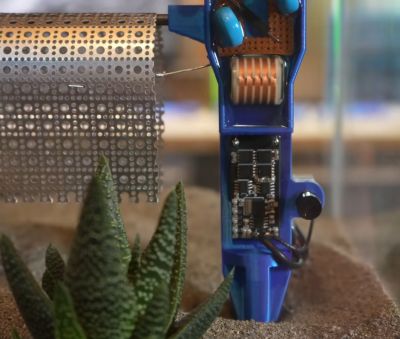Apple likes magnets. They started out with magnetic laptop chargers and then graduated to a system that magnetically holds the phone, charges it, and can facilitate communication between the phone and a charger or other device. Even if you are like me and have no Apple devices, you can retrofit other phones to use Magsafe accessories. In fact, with a little work, you can build your own devices. Regardless, the technology is a clever and simple hack, and we are just a little sorry we didn’t think of it.
Terms
Using a magnet to attach a phone isn’t a new idea. But, historically, the phone had either a metal back or an adhesive metal plate attached that would stick to the magnet. This wouldn’t necessarily help with charging, but was perfectly fine for holding the device. The problem is, it is hard to wirelessly charge the phone through the metal.
Magsafe can do several different things. Obviously, it can attach the phone magnetically. However, since it is a ring shape, you can still have a charging coil in the middle of the ring. Better still, the Magsafe system will align the phone and charger with a satisfying click when you put them together.
Continue reading “Tech In Plain Sight: Magsafe, And How To Roll Your Own”



















